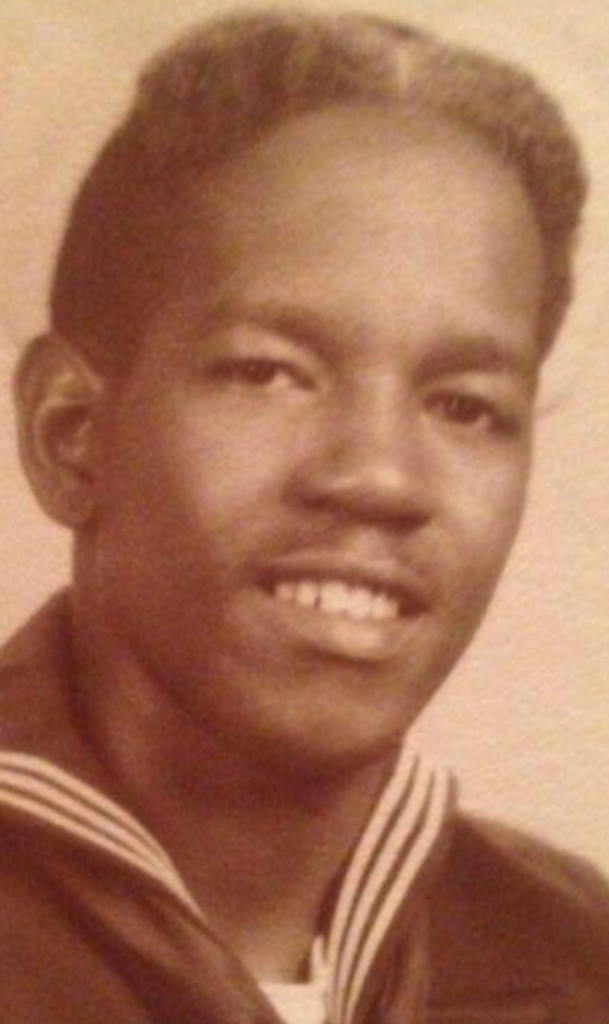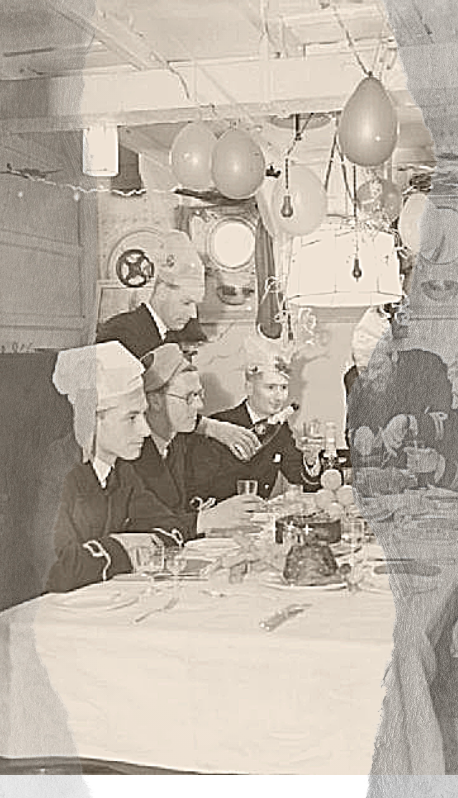“War may be good for a nation’s economy, but it’s horrible for a nation’s education.”
Matthew lynch, the edvocate
Dear educators, home-schooling parents, tutors, and fellow history nerds,
We’re pleased to offer lesson plans and educational resources for your classroom and general teaching needs. Featuring four episodes of Service, each lesson plan comes complete with pre-listening prediction questions, detailed episode listening guides, and additional printable worksheets with hyperlinked digital files for post-listening exploration and continuation.
Lessons are Common Core aligned and appropriate for use in a high school English-Language Arts or History classroom. Click here to read more about their creation and classroom specification, and stay tuned for lessons geared toward younger age groups.
Questions? Requests? Email us here.
Happy learning!
Jacqueline Raposo (producer and co-creator) and Katharine Rose Sabo (educator and co-creator)
Lesson plans
Episode 1: “We Gave Them the Food from our Mess Kits”

Veteran: Pat D’Ambrosio, Army
Summary: Overview of the Great Depression; introduction to the bombing of Pearl Harbor; observation on how one event immediately impacts individuals and communities; the draft; jobs in the Army; the Philippines and Japanese POWs; food as an intergenerational connecting point.
Episode Length: 27m
Episode 1 Worksheets:
General worksheets for this episode:
- Introduction to Service Podcast worksheet
- Predicting and Reflecting worksheet
- Analyze a Photo worksheet
- Make Your Voice Heard! worksheet or Review Service Online
- Write a Veteran worksheet or send via the online form (below).

The USS John Carter Rose 
Japanese POW’s at Guam, with bowed heads after hearing Emperor Hirohito make announcement of Japan’s unconditional surrender.” August 15, 1945. 
Episode 5: Food Service Within the Service

Veteran: William Walker, Navy
Summary: Cleveland during the Great Depression; racism in the 1930s and 1940s; the mistreatment of African Americans in factories, schools, and the armed forces; how food got transported via the Navy in WWII; Leyte Gulf and the Pacific theater; how Service in the armed forces can be a “great leveler”.
Episode Length: 28m
Episode 5 Worksheets
General worksheets for this episode:
- Introduction to Service Podcast worksheet
- Predicting and Reflecting worksheet
- Analyze a Photo worksheet
- Make Your Voice Heard! worksheet or Review Service Online
- Write a Veteran worksheet or send via William a message via the online form (below).

“Enlisted men serving on Espiritu Santo in the New Hebrides…placing 6-inch shells in magazines at the Naval Ammunition Depot.” From left to right: S1/c Dodson B. Samples, S1/c Raymond Wynn, S1/c Edward L. Clavo, and S1/c Jesse Davis. N.d. 80-G-123941. Source: National Archives: african_americans_wwii_072.jpg 
Original caption: “Steward’s mates joke as they dry silverware in the wardroom of U.S.S. Ticonderoga (CV-14).” November 1944. Lt. Wayne Miller. 80-G-469560. Source: National Archives: 
Christmas Dance at Negro Service Club #3. December 23, 1943.
Episode 7: “Dad, I Can’t Talk About It”

A two-part episode featuring several Service veterans and veteran organizations.
Summary: An introduction to combat fatigue/PTSD in the armed forces; how soldiers are trained for combat; the value of community; what is narrative storytelling and how can it help veterans?; racial healing; how identity groups harm and help; how food can bring veterans and civilians together.
Episode Length: 50m total
Click here for Part One and Part Two on iTunes
(transcript for episode pending)
Thank you to those involved in the Livingston County Veterans’ Monument, The Greatest Generations Foundation, Tuskegee Airmen Inc, the Japanese American Veterans Association, the Veterans Network Committee Honor Flight, The Freedom Pantry For Veterans, and Sarah Sicard at Military Times for working with us for this episode.
Episode 7 Worksheets
General worksheets for this episode:
- Introduction to Service Podcast worksheet
- Predicting and Reflecting worksheet
- Experience Overlay worksheet
- Make Your Voice Heard! worksheet or Review Service Online
- Write a Veteran worksheet or send a veteran from this episode a message via the online form (below).
Episode 8: When You Look Like the Enemy

Veteran: Lawson Ichiro Sakai, Army
Summary: Japanese American farming; Japanese internment in WWII; the 442nd Regimental Combat Team; “Shikata ga nai”; food as identity; the Lost Battalion; the frontlines of Italy and France; eating and resupplying on the frontline; severe combat
Episode Length: 44m
Episode 8 Worksheets
General worksheets for this episode:
- Introduction to Service Podcast worksheet
- Predicting and Reflecting worksheet
- Analyze a Photo worksheet
- Make Your Voice Heard! worksheet or Review Service Online
- Write a Veteran worksheet or send via Lawson a message via the online form (below).

A grandfather awaits evacuation bus. Evacuees of Japanese ancestry will be housed in War Relocation Authority centers for the duration 
“Americans of Japanese descent, Infantrymen of the 442nd Regiment, run for cover as a German artillery shell is about to land outside the building.” Levine, Italy. April 4, 1945 
Farmer Benji Iguchi, full-length portrait, standing in a storage shed between two large stacks of squashes. Manzanar Relocation Center, 1943.
Message a Service Veteran!
The Team
K. R. Sabo: (she/her) Originally from the East Coast, Katharine Rose Sabo took up rock climbing while a student at NYU. After graduation, she took off on a (part climbing) road trip across the country. After landing in California, she found her professional passion in the form of a small continuation school in the foothills of the Eastern Sierra so she went back to school, got her teaching credential, and has been learning from her students there ever since. She finds the California climate some consolation for the West Coast version of bagels and pizza. When not in the classroom, advocating for her students, or staying up too late to grade papers, write lesson plans, and read books, she enjoys hiking, biking, and paddle boarding with her husband and rescue dog.
Jacqueline Raposo: The producer of Service: Veteran Stories of Hunger and War, Jacqueline has taught classes in the creative arts for students from pre-school through middle school, playwriting for high schoolers, and speaking and performance classes for adults. She has a BFA from the University of Connecticut, which she puts into practice telling stories across mediums.
Here are a few good reads about children and education during WWII, just because we found them interesting:
- Harsh Nazi Parenting Guidelines May Still Affect German Children of Today, by Anne Kratzer for Scientific American
- Uncovering the Devastating Impact of WWII on American Education, by Matthew Lynch on The Edvocate
- Operation Pied Piper: The Mass Evacuation of Children in London During WWII by Shannon Quinn on The History Collection